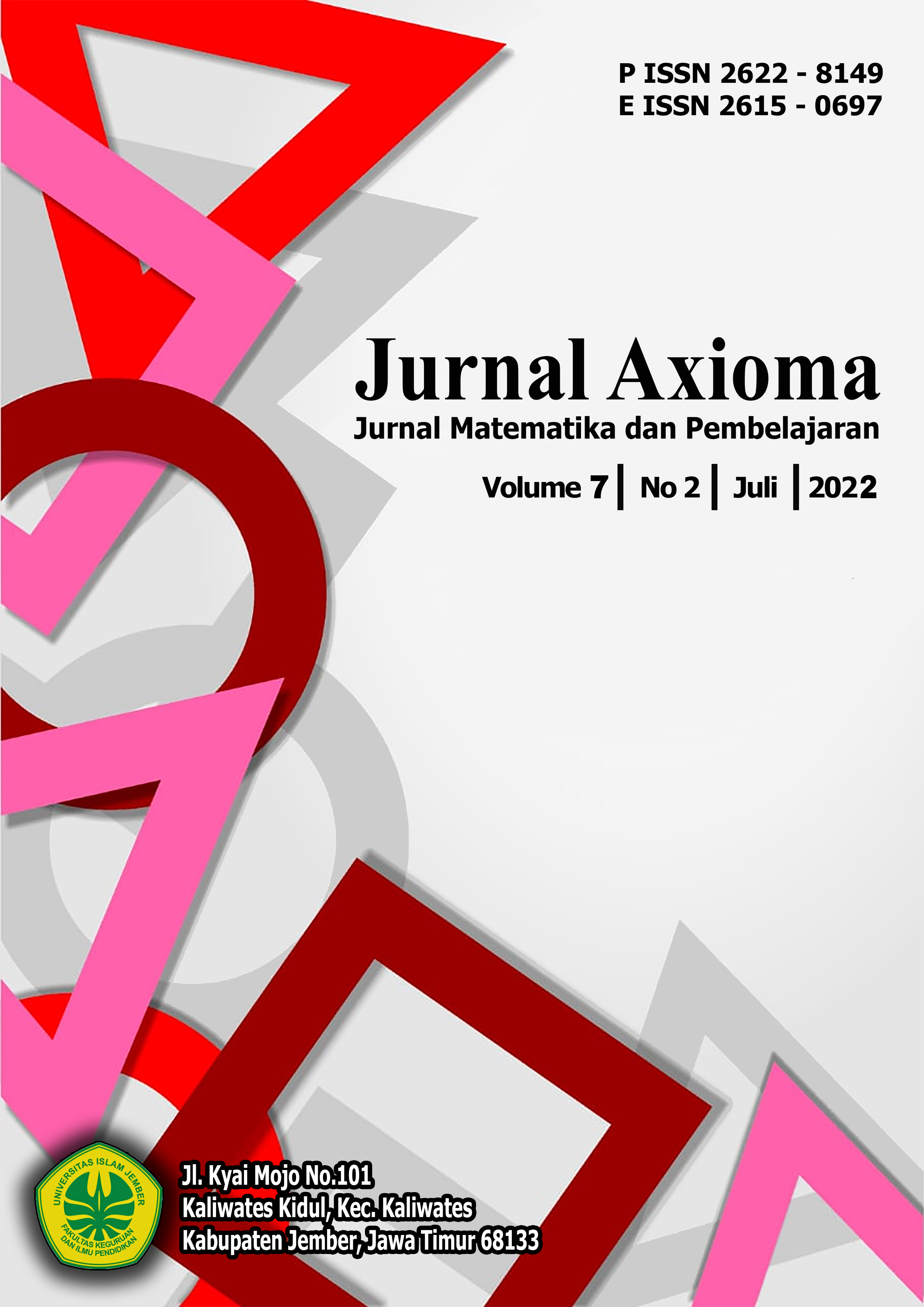Komparasi Sistem Pembelajaran Offline, Semi Offline, dan Online Pada Hasil Belajar Mata Kuliah Metode Numerik
DOI:
https://doi.org/10.56013/axi.v7i2.1578Abstract
The impact of Covid-19 has been felt in the world of education. The students have finally attended lectures with offline, semi-offline, and online learning systems for the last three years so that it has an impact on learning outcomes. Therefore, one of the objectives of this study is 1) to test whether there are differences in the average learning outcomes of students who receive offline, semi-offline, and online learning systems; 2) test which student learning outcomes are better between students who get an offline learning system, a semi-offline learning system, and an online learning system. The sample in this study was taken through purposive sampling technique. The first sample is the 2016 mathematics education study program students who carry out offline lectures as experimental class 1, the second sample is the 2017 mathematics education study program students who carry out semi-offline lectures as experimental class 2, while the third sample is the 2018 mathematics education study program students who carry out online lectures as an experimental class 3. Data obtained through the test method. Data analysis of student learning outcomes included normality test with the Kolmogorov-Smirnov test, homogeneity test with lavender test, proportion test, One Way Anova test, and Scheffe advanced test. The results showed that lectures using an offline system were better than lectures using an online system.
Keywords: offline, semi-offline, on line, learning outcomes, numerical method


2.jpg)
.jpg)











